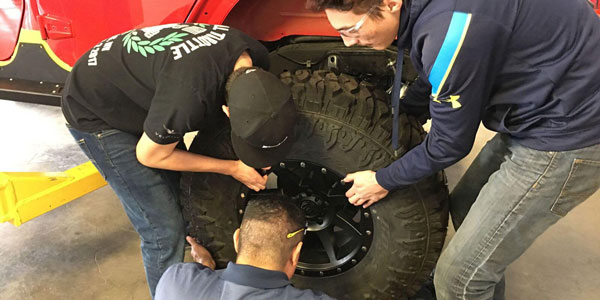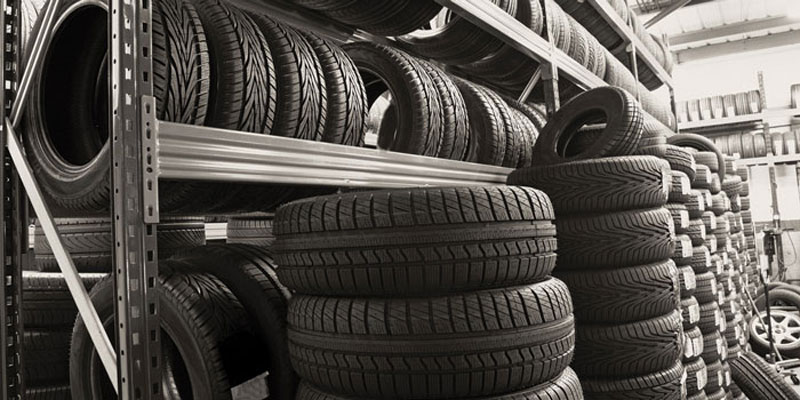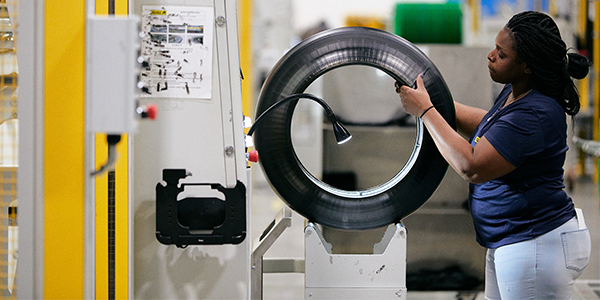[Editor’s Note: The author of this Letter to the Editor, Philip Nigh, is a former chairman of the Tread Rubber and Tire Repair Materials Manufacturers’ Group (TRMG).]
I have recently learned that the Rubber Manufacturer’s Association’s proposed tire repair legislation has been voted on and passed the New York State Senate Transportation committee. It now will go forward to the state legislature for vote.
This is of particular concern to me because the government mandate of tire repair will shift liability on to the tire dealer performing the repair and limits the dealer’s ability to service his customer. The RMA has also included tire repair in proposed Arizona and Florida legislation to eliminate used tires.
With the proposed New York legislation, if the RMA has its way, civil penalties will be imposed of $500 per incident. It makes me nervous when a government agency claiming they are doing this to help protect the consumer starts levying a fine against the person repairing a tire.
During a recent training session in Denver, I was discussing this proposal with a group of approximately 20 members. The question was asked that if the consumer has a nail hole puncture outside of the guidelines of what the RMA is recommending, but the tire repair manufacturer has published charts and qualifies the materials to perform the repair, and the suppliers want to sell the materials, and the facility has been educated and trained to use the materials, why can’t the dealer provide the service?
The only answer is that it’s simply not in compliance with what the RMA wants.
The real question should be: Is this coming from the perspective of shifting the liability and to be self-serving – a means to sell new tires – or is it for consumer safety?
The RMA has eliminated all tire repair manufactures from its technical committee. The only members of the RMA since a recent reorganization are 12 new tire manufacturers. It makes me wonder why they still call it the Rubber Manufacturer’s Association when it now only represents new tire manufacturing?
Some things to consider about the proposed legislation and what would be imposed upon the tire dealer if passed include:
A. Who does the liability fall upon for repairing a tire?
B. Who is the party that receives the fine? The shop, repairman or both?
C. How would such legislation be enforced?
D. What good does legislation do if education hasn’t first been implemented?
E. How does this piece of legislation improve our industry?
F. What about the used tire legislation that includes tire repair, currently being introduced in Florida and Arizona?
G. What impact does this have on the environment and the amount of scrap tires being accumulated?
H. How does this law affect the one or two man (mom-n-pop) tire store that has been repairing or selling used tires?
I. Have we as an industry forced small independent tire dealers out of business?
J. What about the use of extended mobility kits provided by the automobile manufacturers to replace the spare tire? (According to the proposed used tire bill that includes tire repairing, tires that have had a sealant installed are no longer repairable and are to be replaced with a new tire.)
I would suggest every tire dealer and repair facility contact his/her new tire supplier and advise them of the impact it will have on their business. I also urge all dealers to contact the New York legislators and advise them how to vote on this important piece of legislation that has an impact upon their business.
Because of the amount of unanswered questions that remain, and until these are properly answered and agreed upon by the consensus of the industry, my suggestion is to keep the government out of tire repair and used tire industry.
Shouldn’t they fix the U.S. Postal Service before trying to tell us how to manage the tire business?
Philip Nigh
Head of Sales
Elgi Rubber Co.













